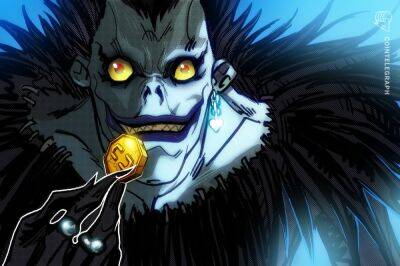Family-friendly NFTs bring the next generation of youth into Web3
Nonfungible tokens (NFTs) continue to be a dominant force within the Web3 space for increasing innovation and adoption. As the space continues to push its way into mainstream adoption will reach new demographics, including minors.
Recently big name entertainment companies such as Disney, which is highly catered to children, have expanded to include crypto-savvy team members and created partnerships with the Polygon blockchain network.
Such developments hint at an impending entrance into the world of Web3, however if Web3 content is to be created for minors big questions arise such as how does an NFT become kid-friendly? Or, how does true ownership work when minors are involved?
Cointelegraph spoke with Jeremy Fisher, artist and founder of Lucky Ducky, a family friendly NFT collection on how to create Web3 content for kids and bring them into the next generation of digital interactions.
While there have been cases of NFTs being used and even created by children, like the 9-year old girl who fell in love with cats and made a cat NFT collection, Fisher believes at a young age parents are still the ones who should be considering what projects to support.
It is “just like supporting your favorite production studio in the early days,” he says.
Fisher says the Lucky Ducky NFT characters are all characters from a new family friendly animation series also in the works. He says for children, popular kids shows are excellent ways to introduce Web3 concepts and “shine a spotlight on the existing IP and NFTs."
Related: NFTs are the key to turning passive fandom into an active community
However, as the Web3 space is still in its “wild west” phase, Fisher says NFTs and many Web3 activities catered towards minors should still be heavily
Read more on cointelegraph.com




